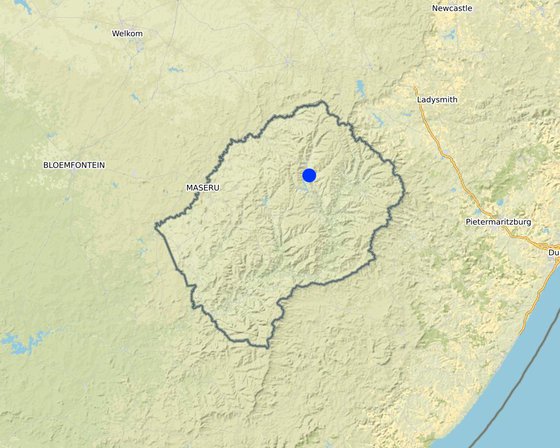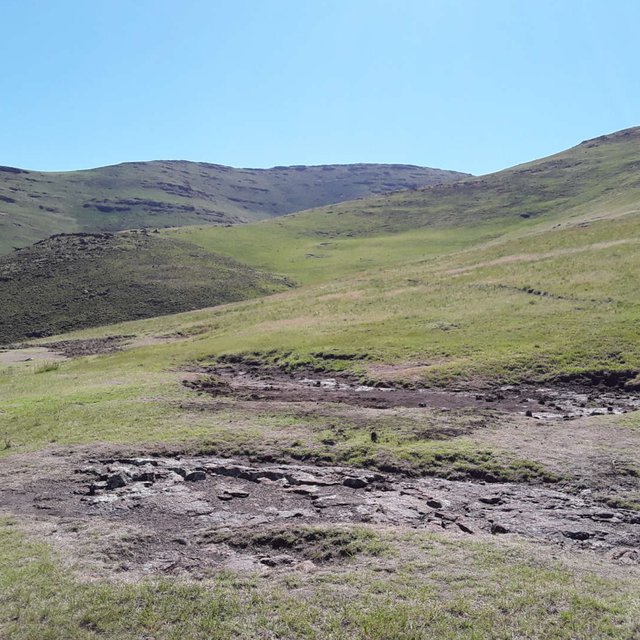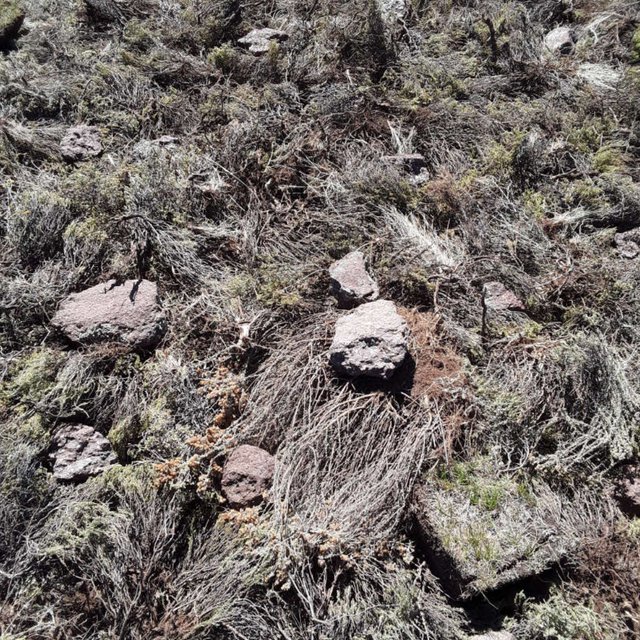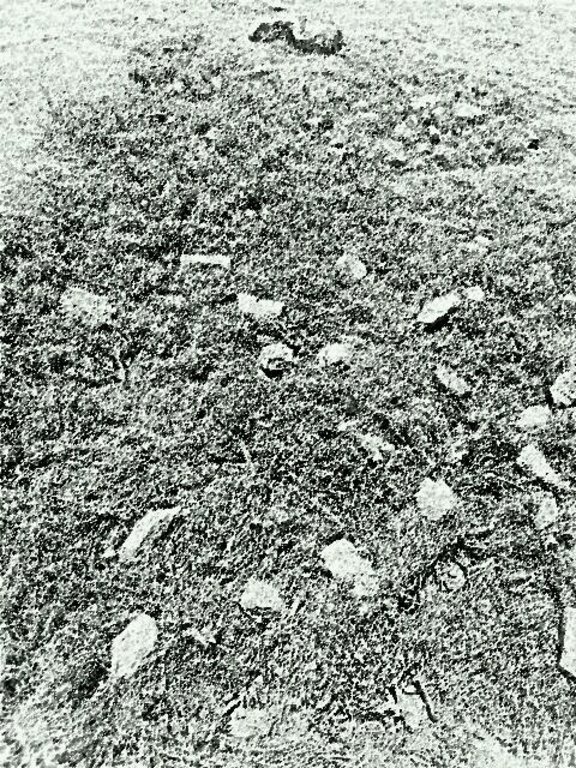



DESCRIPTION OF TECHNOLOGY
1. It is applied on bare lands
2. Flowering stages of invaders should be taken into consideration before layering
3. functions; silt trap, moisture retention, as a factor of soil formation and medium for plant growth
4. Locally available materials such as invasive species
5. Improves land cover, land productivity and soil organic carbon
6. To land users, the technology is easy to implement and it has higher chances of reclaiming the marginal land. However, most of invasive species are used as source of fuel by the rural communities for cooking and heating in households. Many rural communities do not have electricity, gas or firewood as a source of fuel. Whenever people come across a heap of these invasive species, they vandalize it.

Location: Lesotho highlands, Leribe District, Lesotho
No. of Technology sites analysed: single site
Spread of the Technology: applied at specific points/ concentrated on a small area
In a permanently protected area?: Nee
Date of implementation: 2019
Type of introduction


| Species | Count |
| cattle - non-dairy working | n.a. |








| Specify input | Unit | Quantity | Costs per Unit (USD) | Total costs per input (USD) | % of costs borne by land users |
| Labour | |||||
| person-days | 1.0 | 5.0 | 5.0 | 5.0 | |
| Equipment | |||||
| muttock | piece | 1.0 | 16.0 | 16.0 | |
| Total costs for establishment of the Technology | 21.0 | ||||
| Total costs for establishment of the Technology in USD | 21.0 | ||||
| Specify input | Unit | Quantity | Costs per Unit (USD) | Total costs per input (USD) | % of costs borne by land users |
| Labour | |||||
| N/A | N/A | ||||
Unlike most highlands in Lesotho, this area is most privileged due to Lesotho Highlands Development Authority interventions
Quantity before SLM: Degraded land
Quantity after SLM: Restoration significant
Layering restores bare areas
Quantity before SLM: Poor
Quantity after SLM: Increased
Quantity before SLM: Wilting point
Quantity after SLM: Field capacity
Moisture content not measured
Quantity before SLM: NDVI 0.1
Quantity after SLM: NDVI 0.5
Not measured but estimated from landsat
Quantity before SLM: 1%
Quantity after SLM: 1.01%
Might improve with
Quantity before SLM: NDVI 0.1
Quantity after SLM: NDVI 0.5
This technology has improved vegetation cover where it has been applied.
Quantity before SLM: wilting point
Quantity after SLM: prolonged field capacity
Brush works more or less like mulch.
Quantity before SLM: Ground water not recharged
Quantity after SLM: Ground water mostly recharged
Several seasonal water sources enhanced